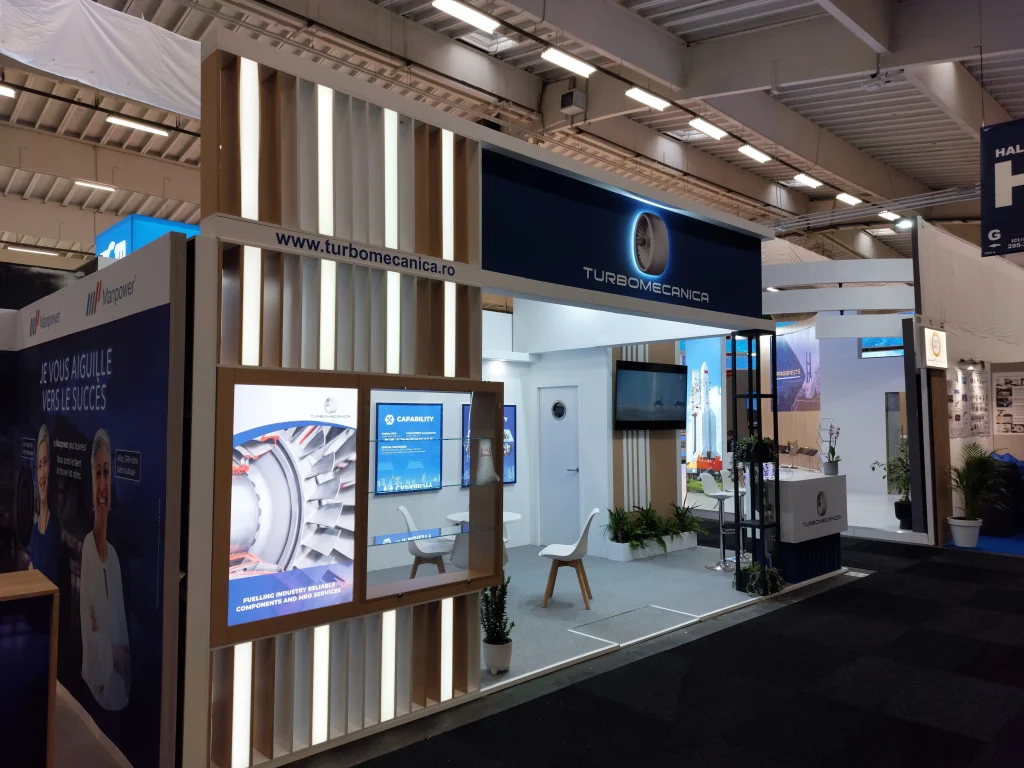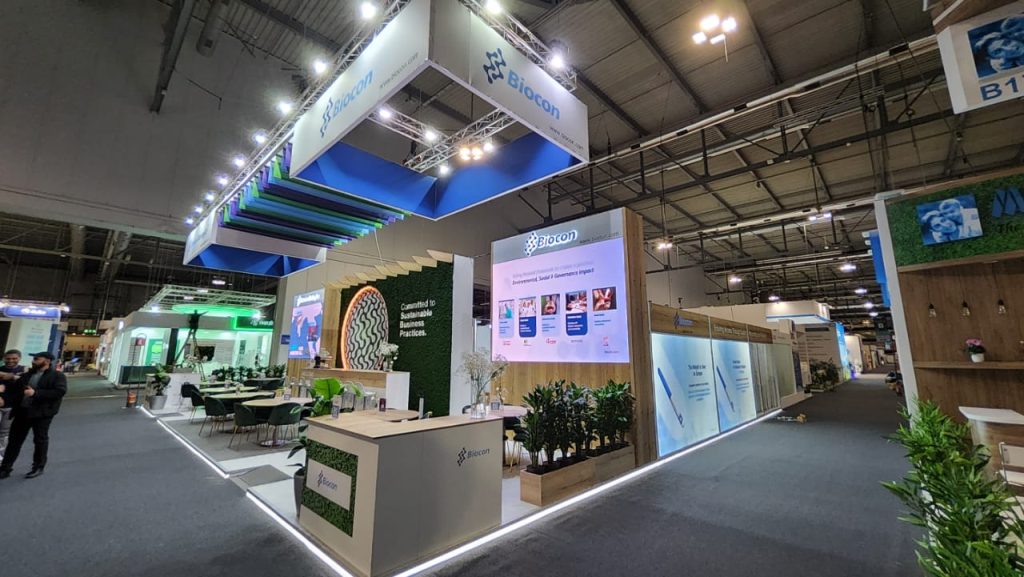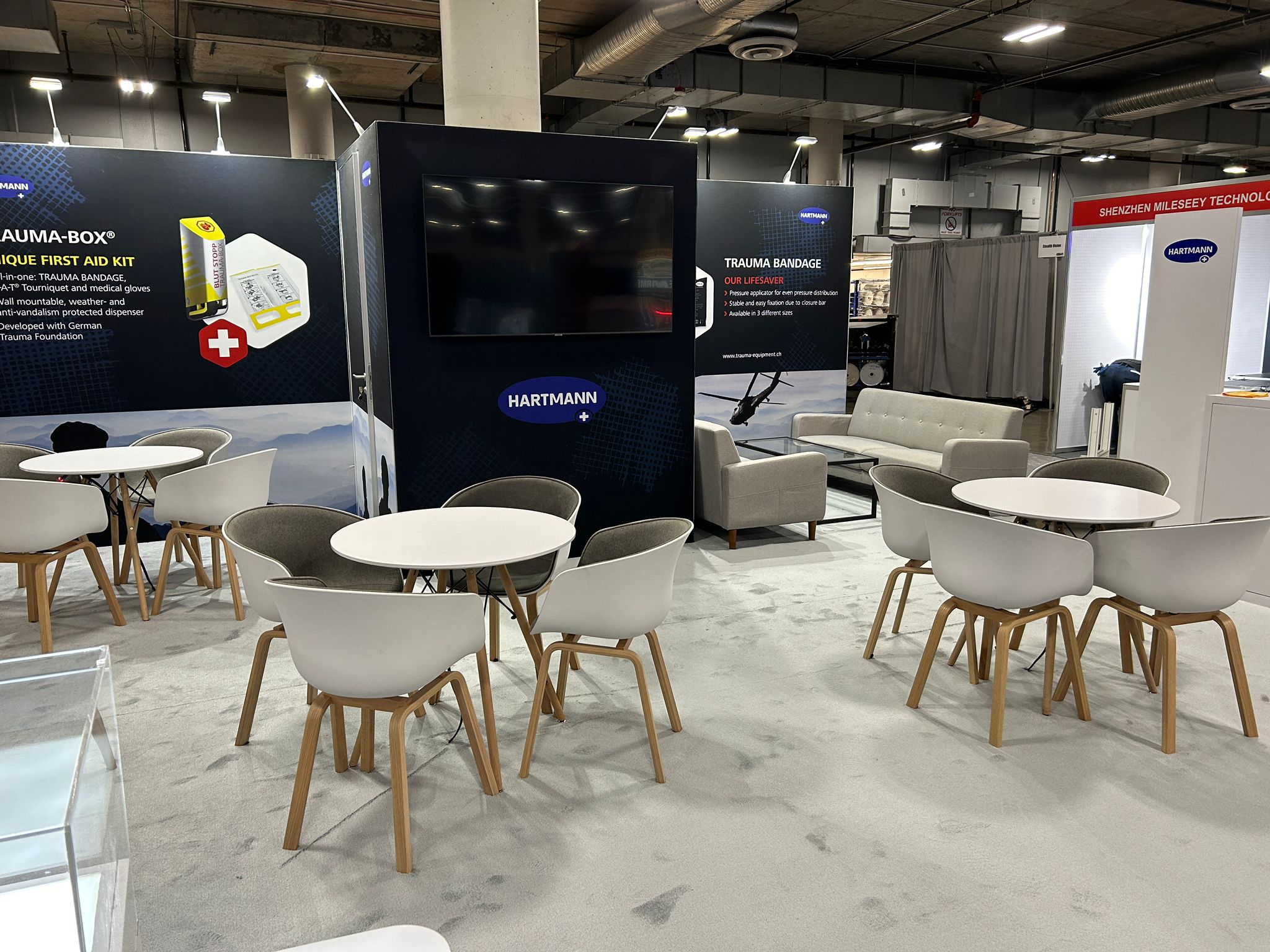
Introduction:
In the fast-paced world of trade shows and exhibitions, efficiency and convenience are paramount. Exhibitors are increasingly seeking solutions that offer not only visual appeal but also ease of transport and setup. The power of portability in trade show booth design cannot be understated, as lightweight and easy-to-transport booths provide numerous benefits, from cost savings to flexibility. This article explores innovative approaches to designing portable booths that meet the demands of modern exhibitors.
The Importance of Portability:
- Cost-Effectiveness: Reducing shipping and handling costs is a significant advantage of portable booth designs. Lightweight materials and compact packaging minimize expenses related to transportation.
- Time Efficiency: Quick assembly and disassembly save valuable time for exhibitors, allowing them to focus on engaging with attendees rather than struggling with complex setups.
- Flexibility: Portable booths offer the flexibility to participate in multiple events with varying space requirements. Exhibitors can easily adapt their booth configurations to suit different venues and layouts.
Lightweight Materials:
- Aluminum Frames: Aluminum is a popular choice for booth structures due to its strength-to-weight ratio. It provides a sturdy framework while being significantly lighter than traditional materials like steel.
- Fabric Graphics: Tension fabric displays are lightweight, easy to transport, and offer vibrant, high-resolution graphics. They can be stretched over frames to create smooth, eye-catching surfaces.
- Foam Core Panels: Foam core panels are durable yet lightweight, making them ideal for constructing walls, displays, and signage. They are easy to cut and customize, providing flexibility in design.
Modular Design:
- Interchangeable Components: Modular booth systems consist of interchangeable components that can be reconfigured to create different layouts. This adaptability ensures that exhibitors can customize their booth for various spaces without investing in entirely new setups.
- Easy Assembly: Modular designs often feature tool-free assembly, with components that snap or click into place. This simplicity not only speeds up the setup process but also reduces the need for specialized labor.
- Compact Storage: When disassembled, modular booths can be packed into compact cases or containers, making them easy to transport and store.
Innovative Design Solutions:
- Pop-Up Displays: Pop-up displays are a staple of portable booth design. They consist of lightweight frames that expand and contract easily, providing a quick and efficient setup solution. Fabric or graphic panels attach to the frames, creating a seamless display surface.
- Roll-Up Banners: Roll-up banners are portable, cost-effective, and versatile. They can be used to display branding, product information, or promotional messages, and are easily transported in compact carrying cases.
- Portable Furniture: Lightweight, collapsible furniture such as folding chairs, tables, and display stands enhance the functionality of a booth without adding significant weight. These pieces are designed for quick setup and takedown, making them ideal for on-the-go exhibitors.
Enhancing Portability with Technology:
- Digital Displays: Replacing traditional signage with digital displays reduces the need for printed materials and allows for dynamic, interactive content. Tablets, monitors, and projectors are portable and can be easily integrated into booth designs.
- Augmented Reality (AR): AR technology can provide immersive experiences without requiring bulky physical setups. Visitors can interact with digital content through their smartphones or provided devices, enhancing engagement without increasing transport weight.
- Virtual Booths: In some cases, exhibitors may opt for virtual or hybrid booths, where physical setups are minimal, and much of the interaction occurs digitally. This approach can significantly reduce the need for transporting physical materials.
Practical Tips for Portable Trade Show Booth Design:
- Plan Ahead: Consider the logistics of transporting and setting up your booth during the design phase. Ensure that all components are easy to pack, transport, and assemble.
- Test Setup: Conduct a trial run of your booth setup to identify any potential issues or challenges. This practice can help streamline the process during the actual event.
- Invest in Quality Cases: Protect your booth components during transit by using high-quality, durable cases. Proper storage solutions prevent damage and prolong the lifespan of your materials.
- Train Your Team: Ensure that all team members are familiar with the setup and takedown procedures. A well-trained team can efficiently manage the booth, minimizing stress and maximizing productivity.
Conclusion
Designing lightweight and easy-to-transport booths is a strategic advantage in the competitive landscape of exhibitions. By leveraging innovative materials, modular designs, and technology, exhibitors can create impactful displays that are cost-effective, efficient, and flexible.
The power of portability not only enhances the exhibitor experience but also ensures that their brand makes a lasting impression, regardless of the venue or event size. As the demand for efficient and effective booth designs grows, the emphasis on portability will continue to drive innovation and success in the exhibition industry.

 Global
Global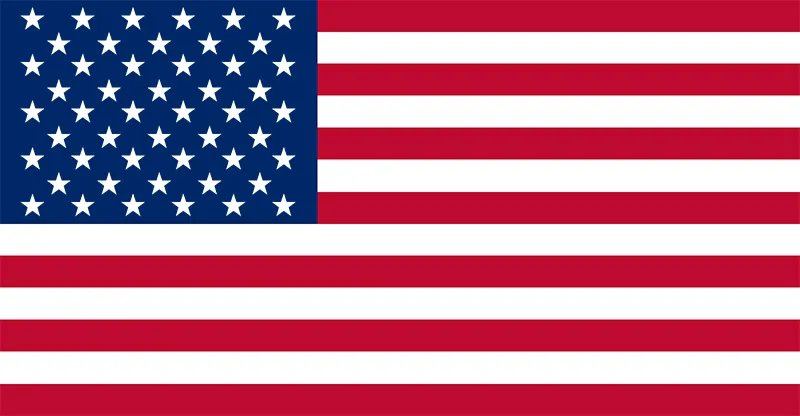 USA
USA